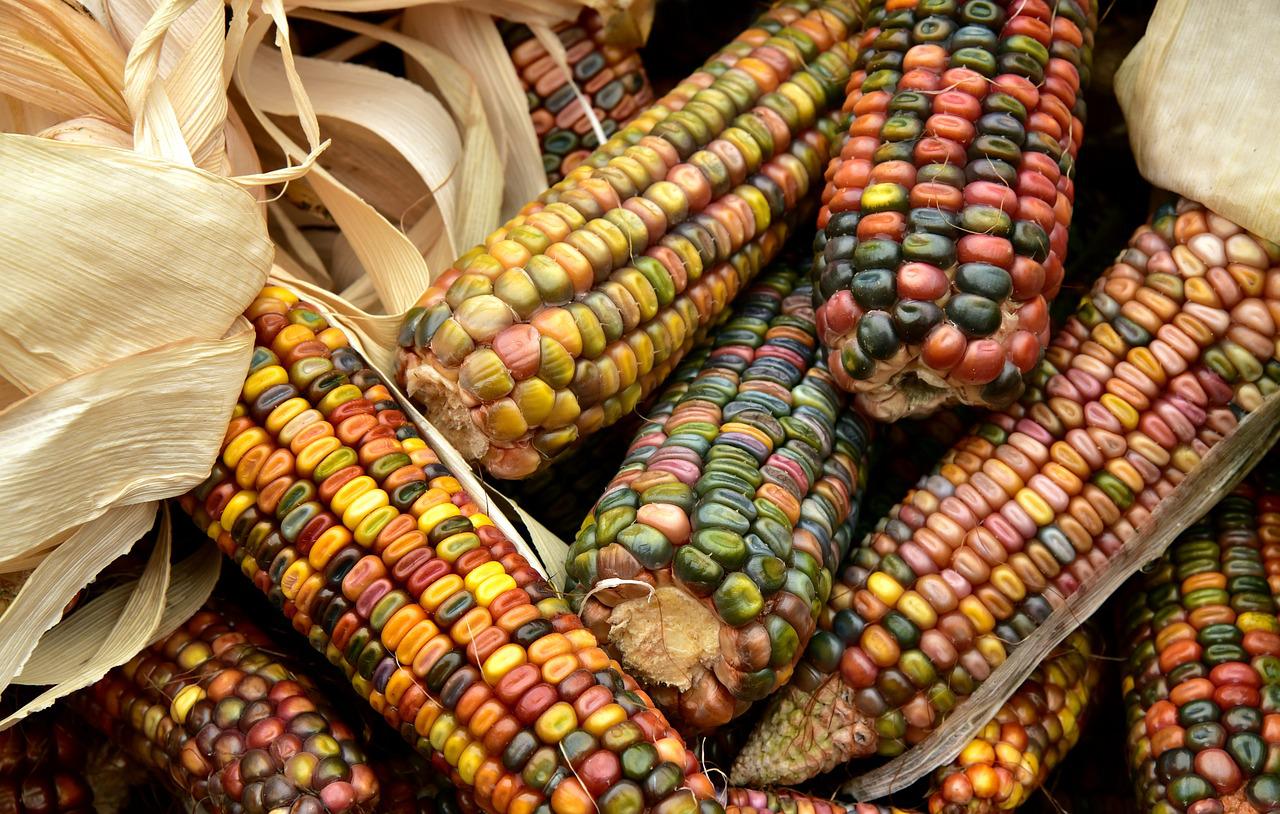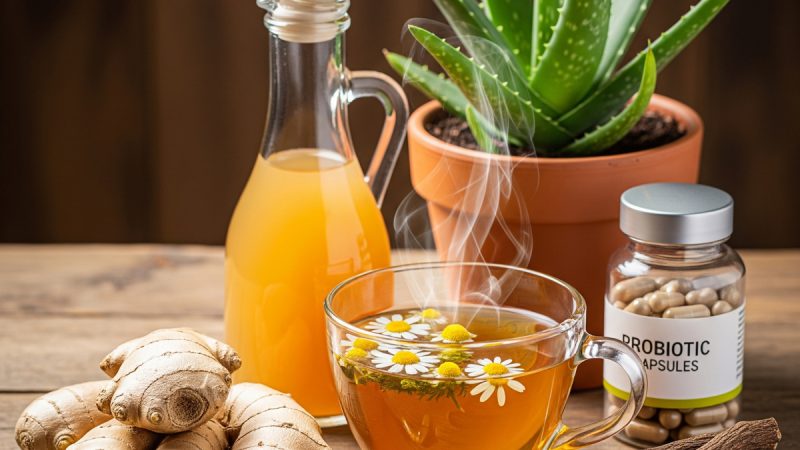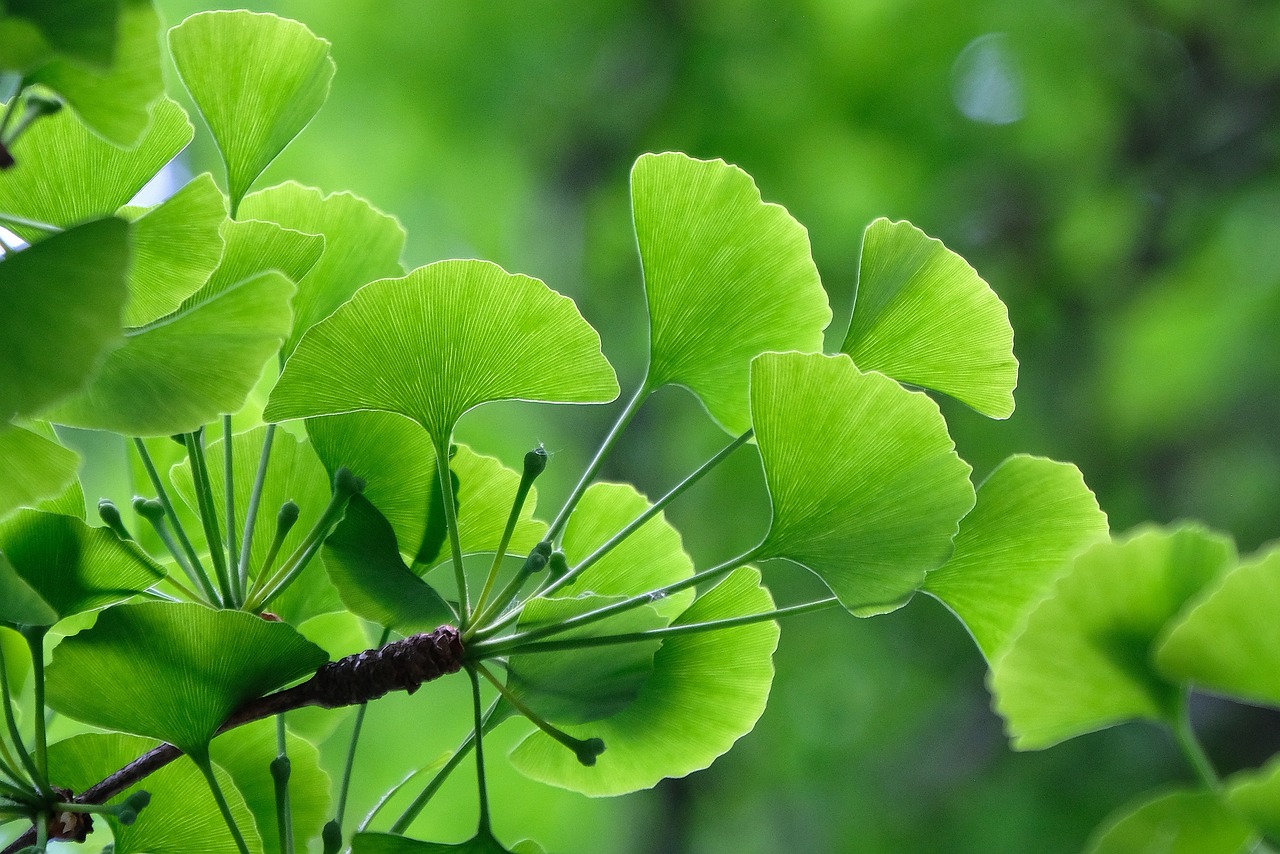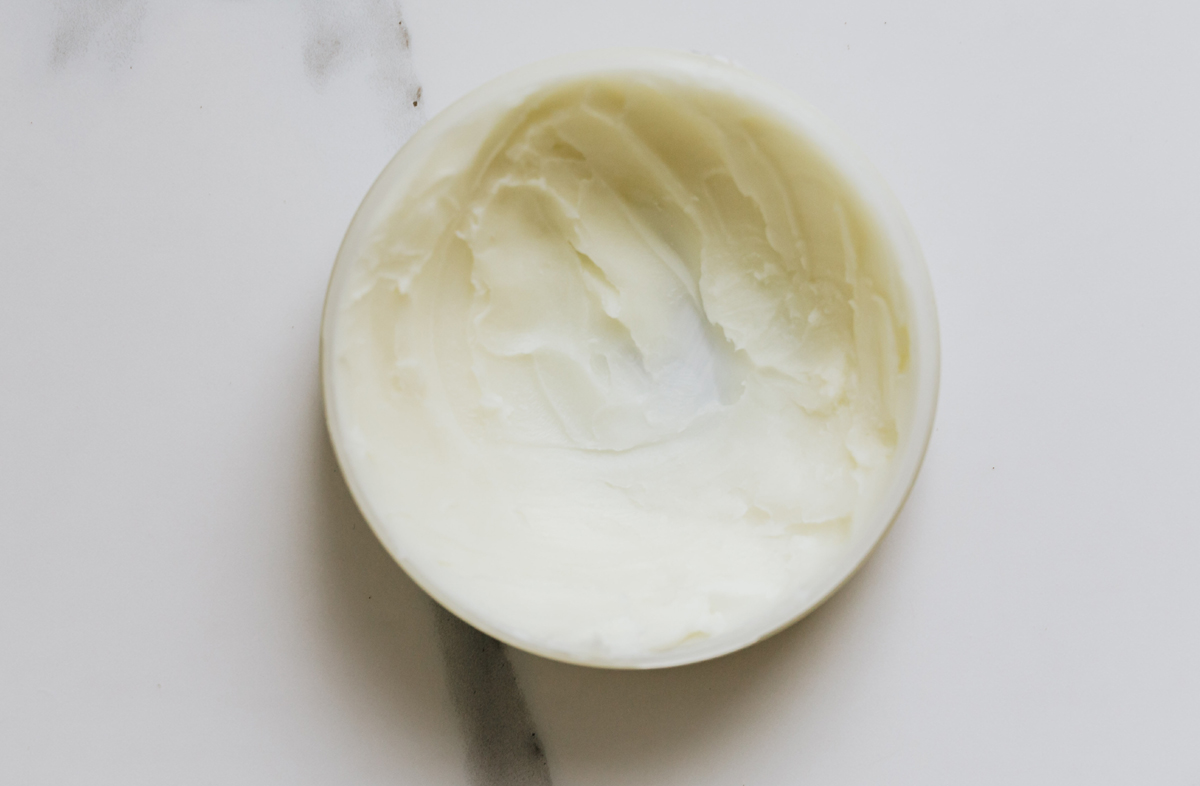Native Foods, Modern Remedies

I grew up being told about the Three Sisters and why they are important. Corns, beans and squash contain all the amino acids to make a complete protein, and were often planted together (and some still are). Now, they can be part of a low fat diet, but that is not the only benefit of native foods.
Beans:
The large amount of soluble fiber in beans helps to lower cholesterol, thus lowering your risk for cardiovascular disease. It may also help prevent cancer. Unfortunately, if you have kidney disease, you may have to avoid them. They are very high in potassium.
Corn:
I can’t imagine a world without corn, but until Europeans came to the New World, it was unknown. The form of corn most used at the time is maize, which is a bit different from the “corn on the cob” we’re familiar with now. It is harder and requires several steps before it can be eaten.
Corn contains a lot of vitamins that can help prevent heart disease, improve eyesight and help you think better. However, the silk is most often used in herbal remedies. After it’s removed from the corn, it’s allowed to dry. A tea of it is sometimes helpful for mild kidney complaints and bladder infections.
Peanuts:
That jar of peanut butter in your cabinet is not something that has always been around. It actually came about due to overuse of the farmlands in the southern part of the U.S. George Washington Carver advised the people to plant peanuts to help rejuvenate the soil. They did, got a bumper crop and then didn’t know quite what to do with them. He spent many long days coming up with uses and brought them before Congress and then the public. (It’s a fascinating story, much longer than I have space for, but a good read.)
There are a *lot* of uses for the humble peanut. Aside from the nutrition value, it is used to make bio-fuel, in soaps and shampoos as well as insecticide. As a home remedy, it may help diabetics control their blood sugar, and is traditionally used to help get rid of ticks.
The Author:
Mary Bodel, MH has been a master herbalist since 2004 although my training began long before I reached that level. I believe that health encompasses more than taking care of our bodies. It involves everything from what we eat to what we read. It involves our spirit as well as our body.
Photo. Ulrike Leone








